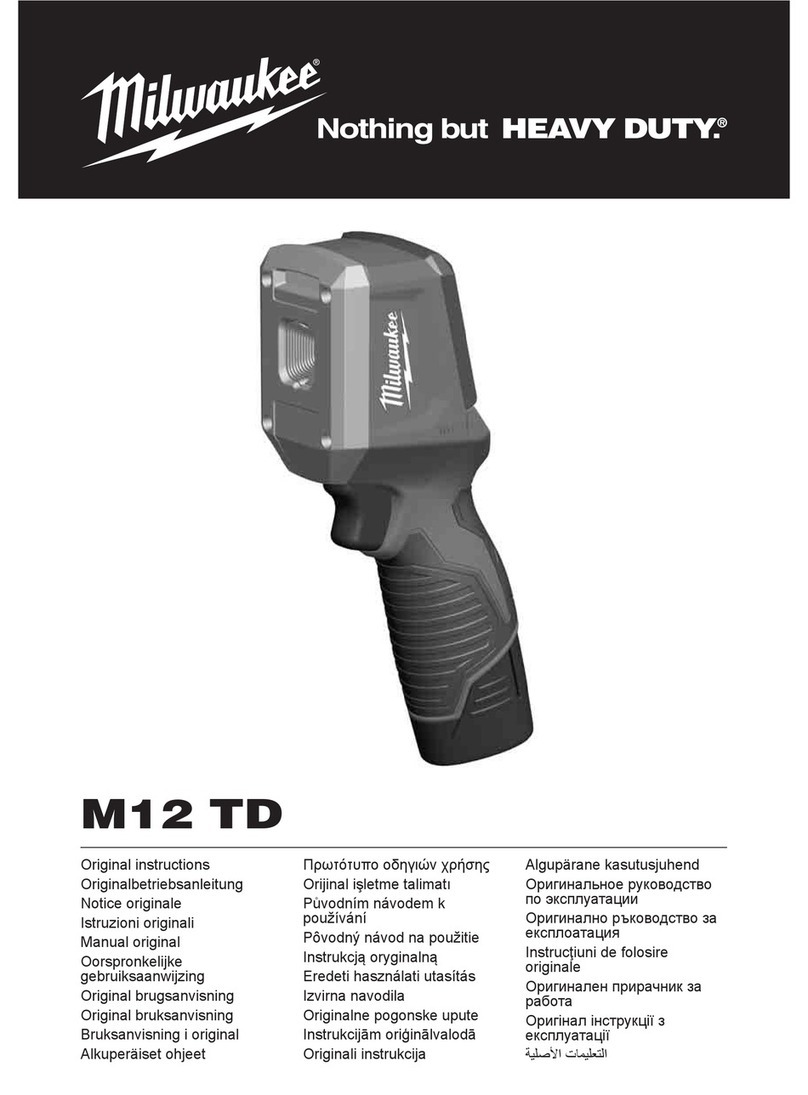
www.milwaukeetesters.com
5
SIGNIFICANCE OF USE
Acids occur naturally during the growing of grapes and as part of the fermentation process. Wines
show lower levels of acid when there are hot growing seasons or when the grapes come from
hotter regions. In the proper proportion, acids are a desirable trait and give the wine character.
The three predominant acids in wine are tartaric, malic and citric, all of which are intrinsic
to the grape. Tartaric acid is the principal acid in grapes and is a component that promotes
a crisp flavor and graceful aging in wine. A moderate amount of a wine’s acid comes from
malic acid, which contributes to fruitiness, and a small amount comes from citric acid. Wine
also contains trace amounts of other acids. The least desirable acid in wine is acetic acid,
which, when present in more than a nominal amount, gives wine a sour or vinegary aspect.
Total acidity, also called titratable acidity, is the sum of the fixed and volatile acids. In the
United States the total acidity is usually expressed in terms of tartaric acid, even though the
other acids are measured.
Total Acidity directly effects the color and flavor of wine and, depending on the style of the wine,
is sought in a perfect balance with the sweet and bitter sensations of other components. Too
much acidity makes wine tart and sharp; too little makes wines flat, flabby and uninteresting.
Proper acidity in wine is what makes it refreshing and an ideal accompaniment to food.
The proper acid level of a wine varies, with sweeter wines generally requiring somewhat
higher levels to retain the proper balance. For dry table wine the acceptable range is
usually 0.60 to 0.75%; for sweet wine it’s 0.70 to 0.85%.
This meter is supplied with:
• Reagents set for 20 titrations
• One 2000PL automatic pipette
• Two plastic tips for the 2000 PL automatic pipette
• Two 50 mL beakers
• Tubes set with cap
• pH electrode
• Temperature probe
• Stir bar
• Power cable
• One 230 mL bottle of Refill Solution
• One 1 mL syringe
• Instruction manual
Note: Save all packing material until you are sure that the instrument works correctly.
Any defective item must be returned in its original packing.































